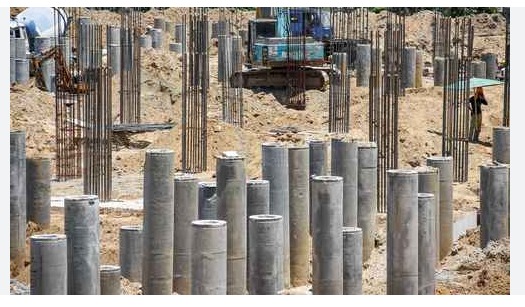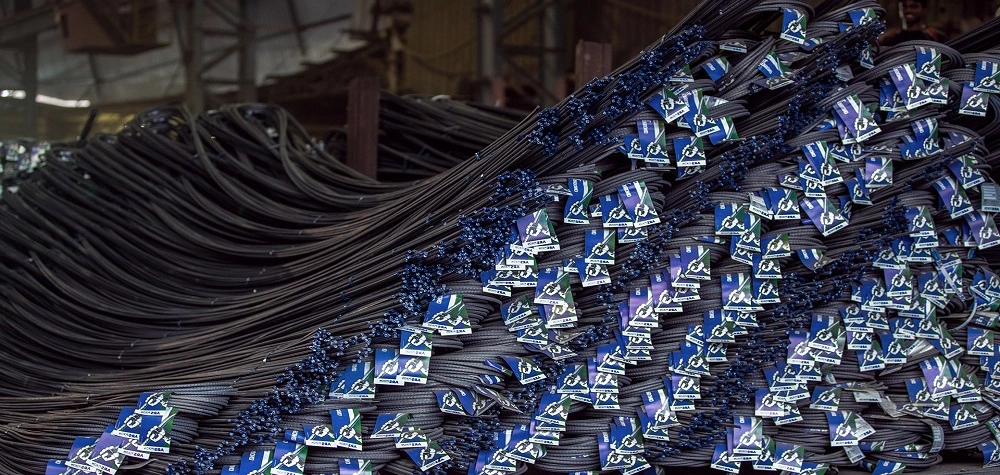Difference Between Shallow and Deep Foundation
What is the Difference Between a Shallow and a Deep Foundation?
When you’re constructing any building or structure, one of the most vital elements is the foundation, the part of the building that transfers its load to the ground. Choosing the right type of foundation ensures the structure’s stability, durability, and safety. Foundations are broadly classified into two types: shallow foundations and deep foundations.
What is a Shallow Foundation?
A shallow foundation transfers the building load to the earth very near to the surface, usually within a depth of about 3 meters. These are typically used when the soil has sufficient bearing capacity at a shallow depth.
Common Types of Shallow Foundations:
• Spread Footing (Isolated Footing)
• Strip Footing
• Mat or Raft Foundation
• Combined Footing
When to Use:
• When the load on the structure is relatively low.
• When good soil exists close to the surface.
• For smaller buildings, homes, and light commercial structures.
Advantages of Shallow Foundations:
• Cost-effective and easy to construct.
• Requires less excavation and labor.
• Faster construction process.
What is a Deep Foundation?
A deep foundation transfers the building load to deeper layers of the earth when surface soil is not strong enough to support the structure. These foundations go beyond 3 meters deep, sometimes even hundreds of meters, depending on the soil condition and load.
Common Types of Deep Foundations:
• Pile Foundation
• Drilled Shaft (Caisson)
• Pier Foundation
• Well Foundation
When to Use:
• When the upper soil layer is weak or compressible.
• For heavy and high-rise structures like bridges, towers, or skyscrapers.
• In areas with water-logged or highly variable soil conditions.
Advantages of Deep Foundations:
• Provides better load-bearing capacity in poor soil conditions.
• Ideal for large, heavy, or complex structures.
• Can be used in challenging terrain or seismic zones.
Key Differences Between Shallow and Deep Foundations:
| Feature | Shallow Foundation | Deep Foundation |
| Depth | Typically, less than 3 meters | Greater than 3 meters |
| Load Transfer | Transfers load to near-surface soil layers | Transfers load to deeper, stronger soil/rock |
| Cost | Less expensive | More expensive due to machinery and materials |
| Construction Time | Quicker | Time-consuming |
| Suitable For | Low-rise buildings, homes | High-rise buildings, bridges, heavy structures |
| Soil Requirement | Requires strong soil near the surface | Suitable for weak or loose upper soil |
Types of Steel Bars in Construction:
While considering shallow foundations or deep foundations, it’s crucial to understand the role of steel bar reinforcement in ensuring the strength and durability of the foundation. The most commonly used reinforcement bars are TMT steel bars, a superior type of steel bar ideal for construction.
TMT Steel Bars (Thermo-Mechanically Treated bars) are widely used in both shallow foundations and deep foundations due to their superior tensile strength, flexibility, and durability. When building high-rise structures or large bridges, these TMT steel bars offer the necessary reinforcement to handle large loads and stress.
Types of Steel Bars:
• TMT Steel Bars
• HYSD (High Yield Strength Deformed) Bars
• Mild Steel Bars
• TMT Bars
TMT bars are specifically chosen for their ability to withstand high temperature, corrosion, and seismic conditions, making them suitable for use in both shallow and deep foundation designs. These bars help distribute the load and prevent cracks or structural failures in the foundation.
Conclusion
Understanding the difference between shallow and deep foundation is essential for choosing the right foundation type for your construction project. Shallow foundations are easier and cheaper to build, while deep foundations offer better support for unstable or soft soil. Additionally, choosing high-quality TMT steel bars for reinforcement in both shallow and deep foundations ensures a durable and safe structure. Always consult with a structural engineer to find the best solution for your project.



